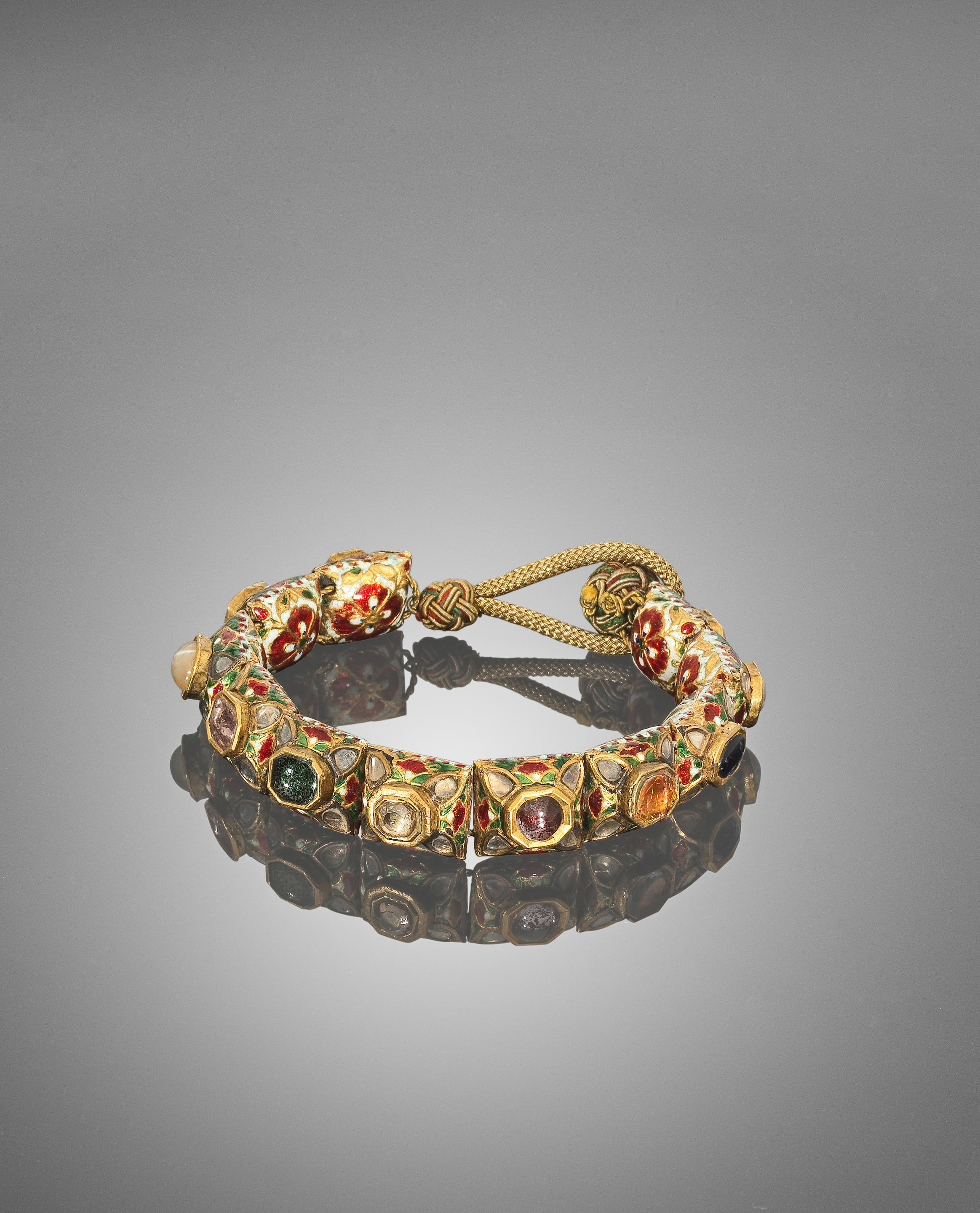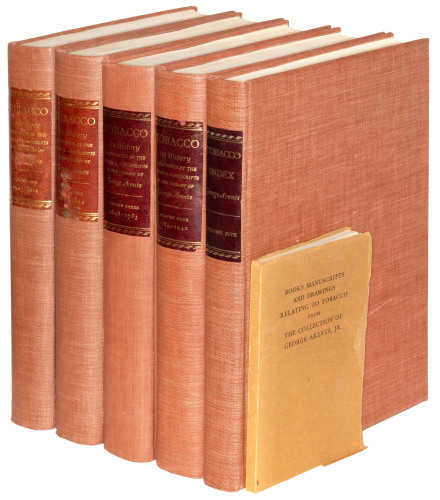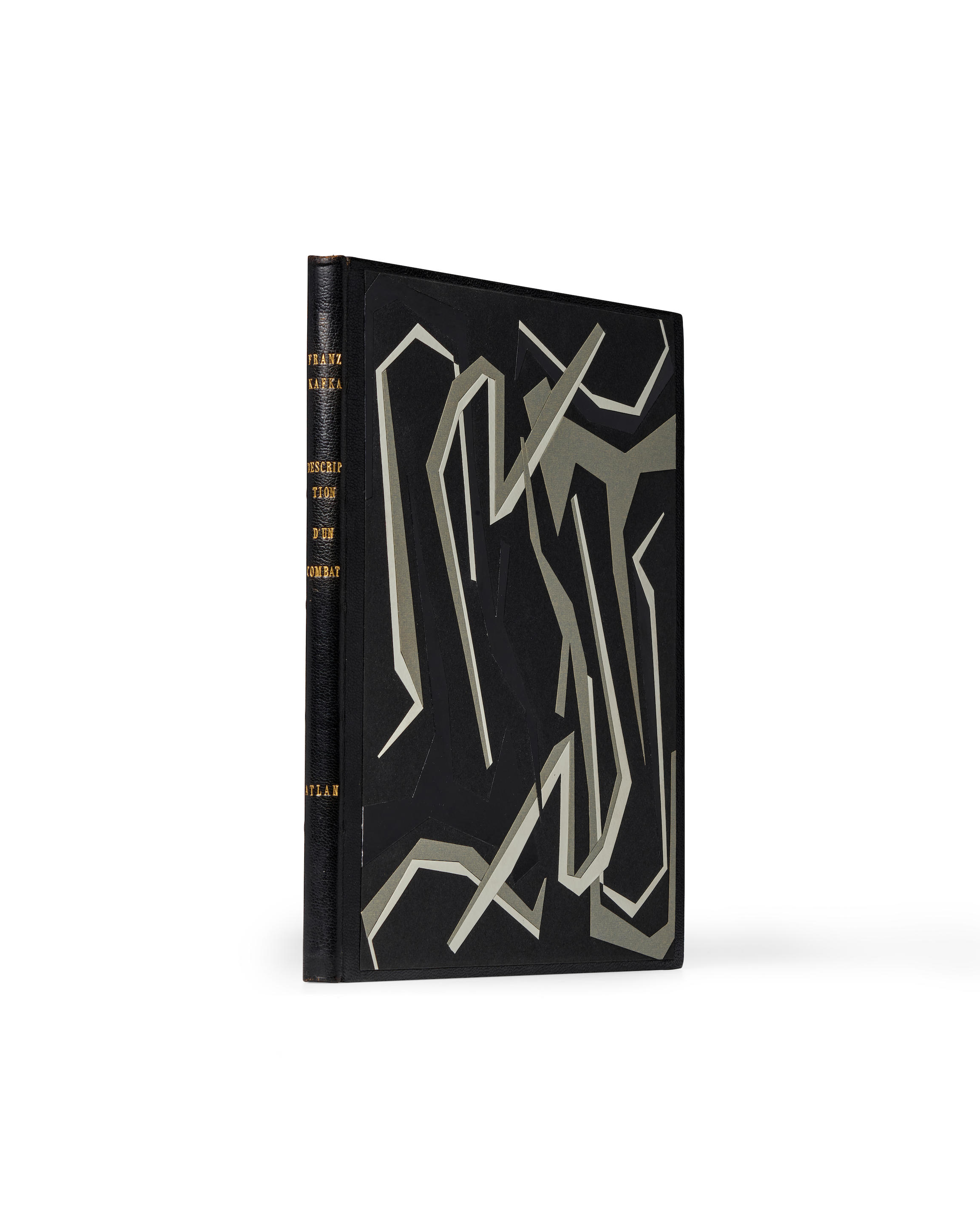Told by the post-war Attlee government to 'export or die', the British motor industry responded valiantly, none more so than Jaguar Cars, soon to become the UK's biggest US-dollar earner thanks in no small measure to the success of its XK120 sports car. Ironically, the XK120's creation had only come about because delays in the gestation of the MkVII saloon had forced Jaguar to find an alternative method of bringing its new XK six-cylinder engine to public attention. Conceived and constructed in but a few months, the XK120 debuted at the 1948 Earls Court Motor Show where the stunning looking roadster caused a sensation. Conceived as a low-volume model, the XK120 proved considerably more popular than expected, the resulting demand for what was then the world's fastest production car taking Jaguar by surprise. It was immediately obvious that the ash-framed alloy coachwork – hand built in the best vintage tradition - would have to go and the XK120 was re-engineered in steel after 240 cars had been completed. Its stunning appearance notwithstanding, the XK120 was conventional enough beneath the skin, being built on a separate chassis - in essence a shortened and narrowed MkV frame - featuring independent front suspension by means of wishbones and torsion bars, a live rear axle, and drum brakes all round. The fact that the major mechanical components were already in existence meant that development centred on the body. The work of Jaguar boss William Lyons himself, and one of the most beautiful shapes ever to grace an automobile, the latter was conceived as a coachbuilt aluminium structure for the simple reason that Jaguar expected to sell no more than 200 XK120s in the first year! The car's heart was, of course, the fabulous XK engine. Conceived in wartime and intended for Jaguar's post-war range-topping saloon, the 3.4-litre six embodied the best of modern design, boasting twin overhead camshafts running in an aluminium-alloy cylinder head, seven main bearings, and a maximum output of 160bhp. When installed in the lightweight XK120, the result was a car with a phenomenal power-to-weight ratio and blistering performance. The '120' referred to the car's top speed, any doubts about the claim's veracity being swiftly banished when a standard X120 achieved a top speed of 126.4mph with hood and side screens erected, and 132.6mph minus its weather protection and equipped with an under-tray! The XK120 set new standards of comfort, roadholding and performance for British sports cars and, in keeping with the Jaguar tradition, there was nothing to touch it at the price. Coupé and drophead coupé versions followed, and for customers who found the standard car too slow, there was the Special Equipment package which boosted power from the stock 160 to 180bhp. With either engine and regardless of the type of bodywork, the XK120 was a genuine 120mph car capable of sustained high-speed cruising. From launch until the end of production in the autumn of 1954 the XK120's popularity never slackened, especially in overseas markets that took over 85 percent of total output. In the end a little over 12,000 XK120s were built, making every one of the 58 right-hand drive alloy-bodied roadsters something very special indeed. The 17th right-hand drive XK120 to leave the factory, '660017' was completed in cream livery with two-tone biscuit and cream upholstery. The history of '660017', carefully researched by Terry McGrath and John Elmgren for their definitive book "The Jaguar XK120 in the Southern Hemisphere", confirms the car was despatched to Brylaws of Sydney on 7 December, 1949 on the "Willesden" and was first sold to Roland Desborough Bright of Edgecliff, New South Wales on 16 February, 1950. By June 1953 the car was owned by Paul Roberts of Wollongong, who raced the car in 1953. Around this period the Jaguar was fitted with some C-type parts, including the cylinder head, sand-cast SU carburettors and exhaust manifold from 'XKC037', the ex-Frank Gardner c
Told by the post-war Attlee government to 'export or die', the British motor industry responded valiantly, none more so than Jaguar Cars, soon to become the UK's biggest US-dollar earner thanks in no small measure to the success of its XK120 sports car. Ironically, the XK120's creation had only come about because delays in the gestation of the MkVII saloon had forced Jaguar to find an alternative method of bringing its new XK six-cylinder engine to public attention. Conceived and constructed in but a few months, the XK120 debuted at the 1948 Earls Court Motor Show where the stunning looking roadster caused a sensation. Conceived as a low-volume model, the XK120 proved considerably more popular than expected, the resulting demand for what was then the world's fastest production car taking Jaguar by surprise. It was immediately obvious that the ash-framed alloy coachwork – hand built in the best vintage tradition - would have to go and the XK120 was re-engineered in steel after 240 cars had been completed. Its stunning appearance notwithstanding, the XK120 was conventional enough beneath the skin, being built on a separate chassis - in essence a shortened and narrowed MkV frame - featuring independent front suspension by means of wishbones and torsion bars, a live rear axle, and drum brakes all round. The fact that the major mechanical components were already in existence meant that development centred on the body. The work of Jaguar boss William Lyons himself, and one of the most beautiful shapes ever to grace an automobile, the latter was conceived as a coachbuilt aluminium structure for the simple reason that Jaguar expected to sell no more than 200 XK120s in the first year! The car's heart was, of course, the fabulous XK engine. Conceived in wartime and intended for Jaguar's post-war range-topping saloon, the 3.4-litre six embodied the best of modern design, boasting twin overhead camshafts running in an aluminium-alloy cylinder head, seven main bearings, and a maximum output of 160bhp. When installed in the lightweight XK120, the result was a car with a phenomenal power-to-weight ratio and blistering performance. The '120' referred to the car's top speed, any doubts about the claim's veracity being swiftly banished when a standard X120 achieved a top speed of 126.4mph with hood and side screens erected, and 132.6mph minus its weather protection and equipped with an under-tray! The XK120 set new standards of comfort, roadholding and performance for British sports cars and, in keeping with the Jaguar tradition, there was nothing to touch it at the price. Coupé and drophead coupé versions followed, and for customers who found the standard car too slow, there was the Special Equipment package which boosted power from the stock 160 to 180bhp. With either engine and regardless of the type of bodywork, the XK120 was a genuine 120mph car capable of sustained high-speed cruising. From launch until the end of production in the autumn of 1954 the XK120's popularity never slackened, especially in overseas markets that took over 85 percent of total output. In the end a little over 12,000 XK120s were built, making every one of the 58 right-hand drive alloy-bodied roadsters something very special indeed. The 17th right-hand drive XK120 to leave the factory, '660017' was completed in cream livery with two-tone biscuit and cream upholstery. The history of '660017', carefully researched by Terry McGrath and John Elmgren for their definitive book "The Jaguar XK120 in the Southern Hemisphere", confirms the car was despatched to Brylaws of Sydney on 7 December, 1949 on the "Willesden" and was first sold to Roland Desborough Bright of Edgecliff, New South Wales on 16 February, 1950. By June 1953 the car was owned by Paul Roberts of Wollongong, who raced the car in 1953. Around this period the Jaguar was fitted with some C-type parts, including the cylinder head, sand-cast SU carburettors and exhaust manifold from 'XKC037', the ex-Frank Gardner c















Testen Sie LotSearch und seine Premium-Features 7 Tage - ohne Kosten!
Lassen Sie sich automatisch über neue Objekte in kommenden Auktionen benachrichtigen.
Suchauftrag anlegen